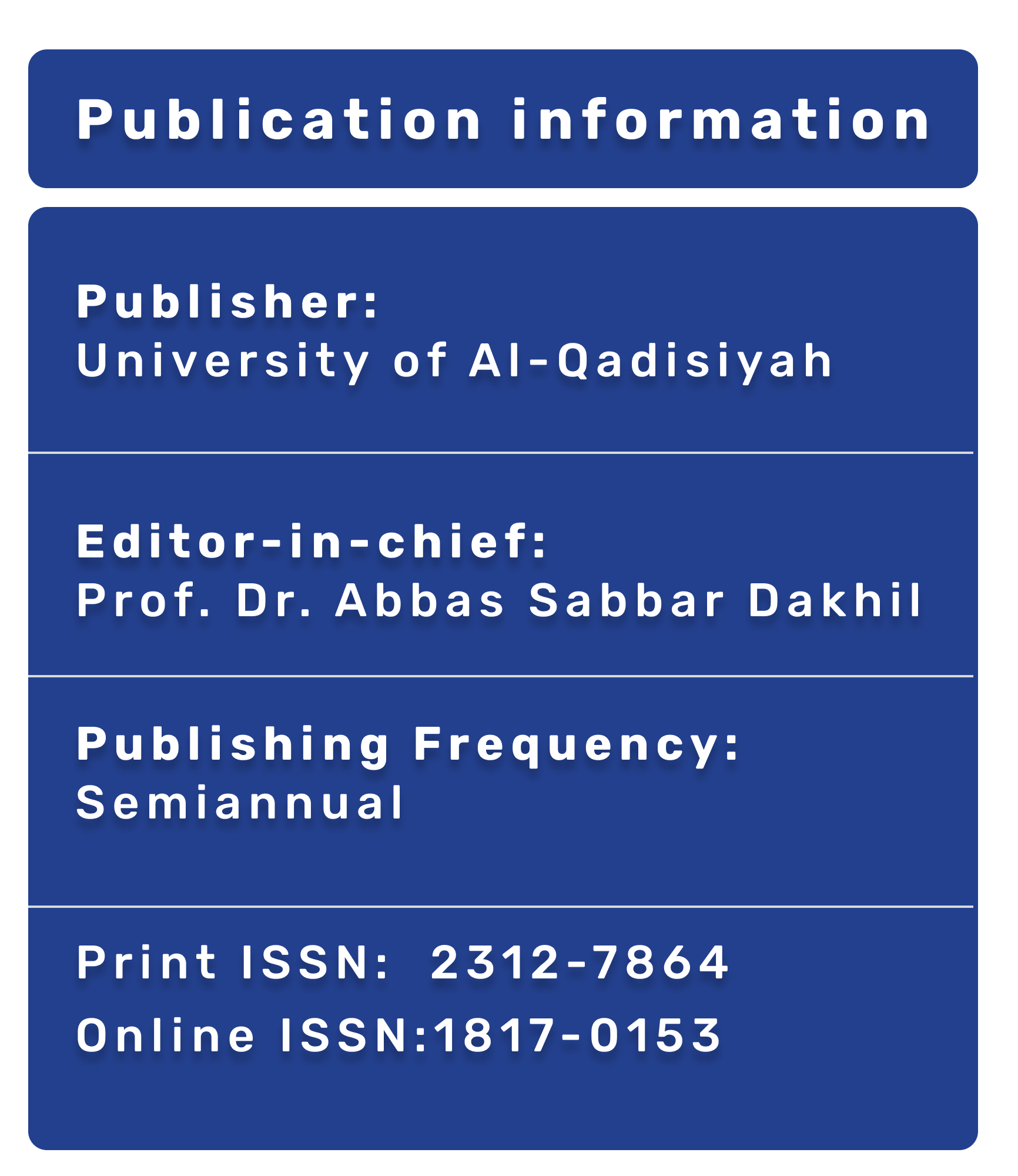Immune responses to outer membrane proteins and lipopolysaccharide of Salmonella Typhimurium and their relations to enteric reactive arthritis
DOI:
https://doi.org/10.28922/qmj.2010.6.9.1-8Keywords:
Reactive arthritis, heat shock proteins, Development of a disease activity index for the assessment of reactive arthritis (DAREA)Abstract
Objectives: In the present work, we analyzed the predominant Salmonella typhimurum component outer membrane proteins and lipopolysaccharide (OMPs and LPS) that triggered an immune response in 45 patients with enteric reactive arthritis by assessing the anti-OMPs and anti-LPS antibodies (including IgG IgM and IgA) by ELISAMethods: Forty-five patients with reactive arthritis, they were 22(48.89%) males and 23(51.11%) females, the age range was 20 - 40 year with mean (33.6). All patients were outpatient visitor or hospitalized in city hospital in Baghdad over the period of study.They were diagnosed clinically by consultant rheumatologist, as well as some laboratory tests such as RF, CRP and E S R. The patients should be sero-negative (RF-negative) and fulfill Amor and European Criteria (1), to be included in this study , patients were classified according to disease activity in to three group severe, moderate and mild by using (DAREA score)(2),the majority of patients 19 (42.22%) presented with high disease activity (severe) and 15(33.33%) patients were moderate and the remainder were mild disease group consist of (11) patients (24.44%).Thirty age and sex matched apparently healthy individual, were considered in this study as a control group. Wells were coated with antigens (OMPs and LPS of Salmonella) in coating buffer and anti-OMPs and anti- LPS antibodies were assayed using ELISA technique.
Results: The mean age of patients was (33.6) years and there were 23 females and 22 males with females to male ratio 1.05:1, the majority of patients 19 (42.22%) present with high disease activity (severe) and 15 (33.33%) patients were moderate and the remainder were mild disease group. Three classes of antibodies to OMPs and LPS antigens were studied by ELISA. Positive responses to OMPs and LPS in serum of patients were detected and the major antigenic target in Salmonella –induced ReA was LPS and the main antibodies were IgG anti-LPS. Also there was no significant difference between severe, moderate and mild among ReA patients.
Conclusion: We concluded that LPS were the main bacterial antigens that triggered enteric ReA in this study, and determining the triggering bacterial components can help elucidate the precise causes of ReA and will contribute to the designing of a specific serological diagnostic method for this arthritis.








